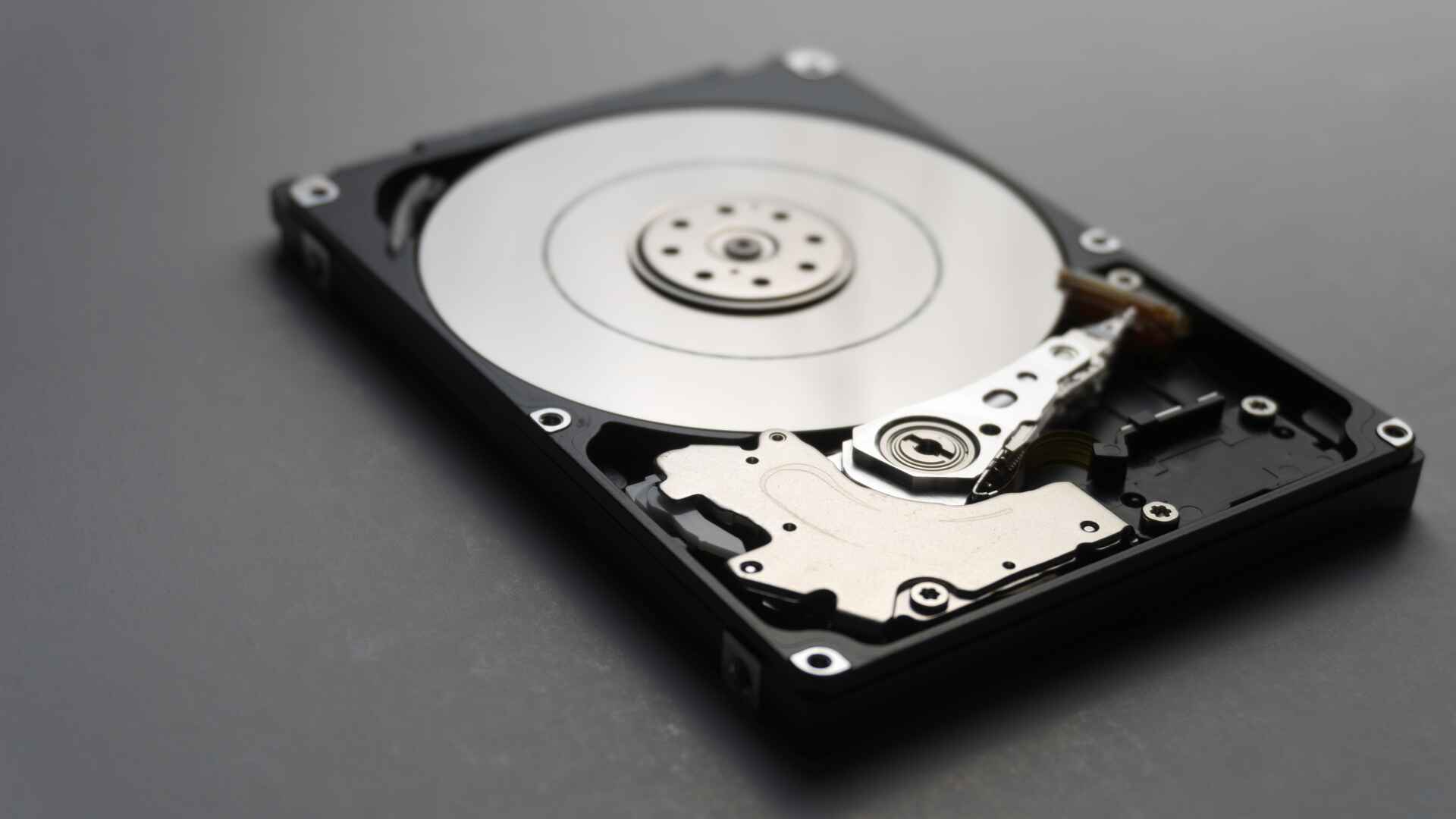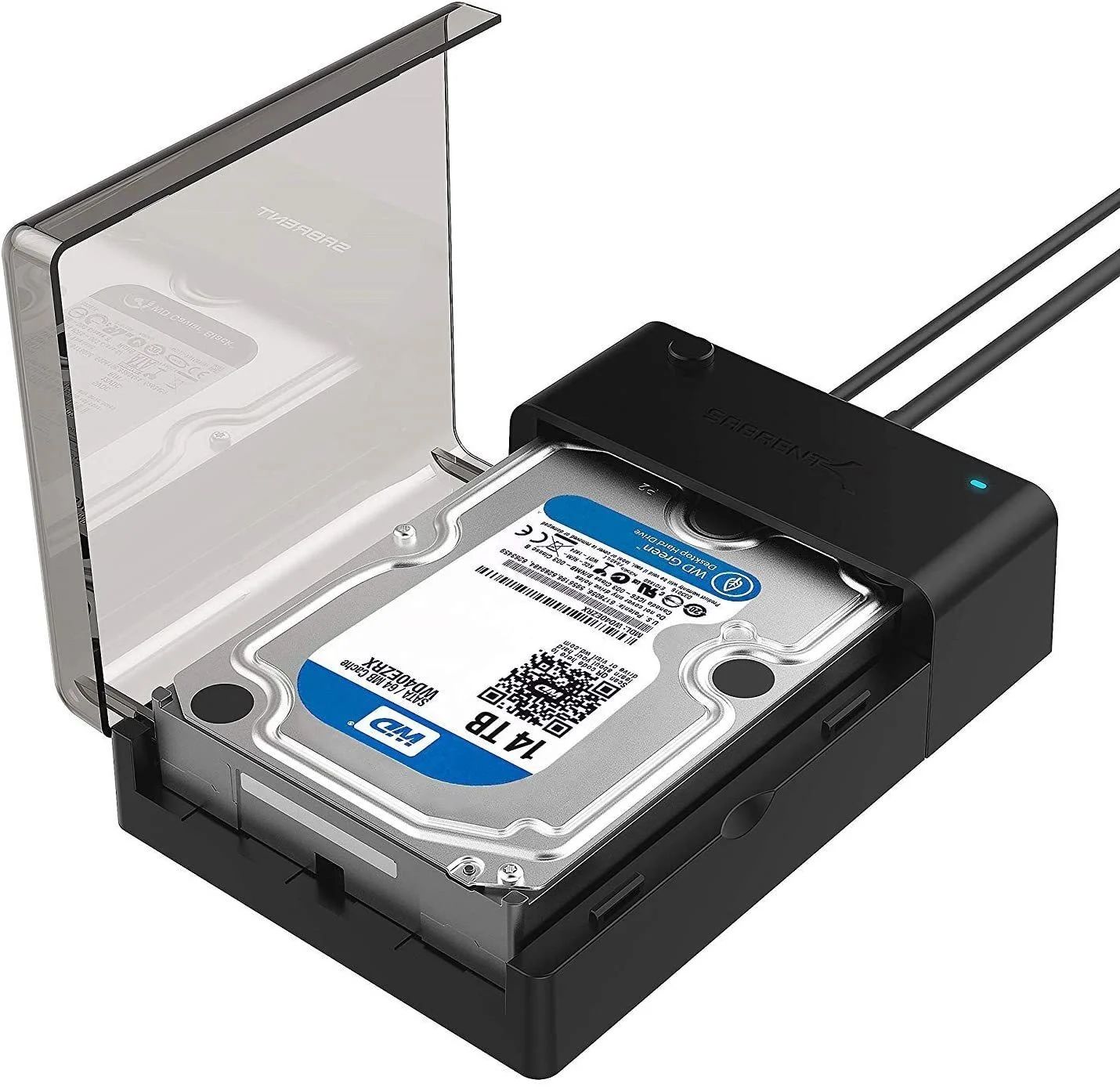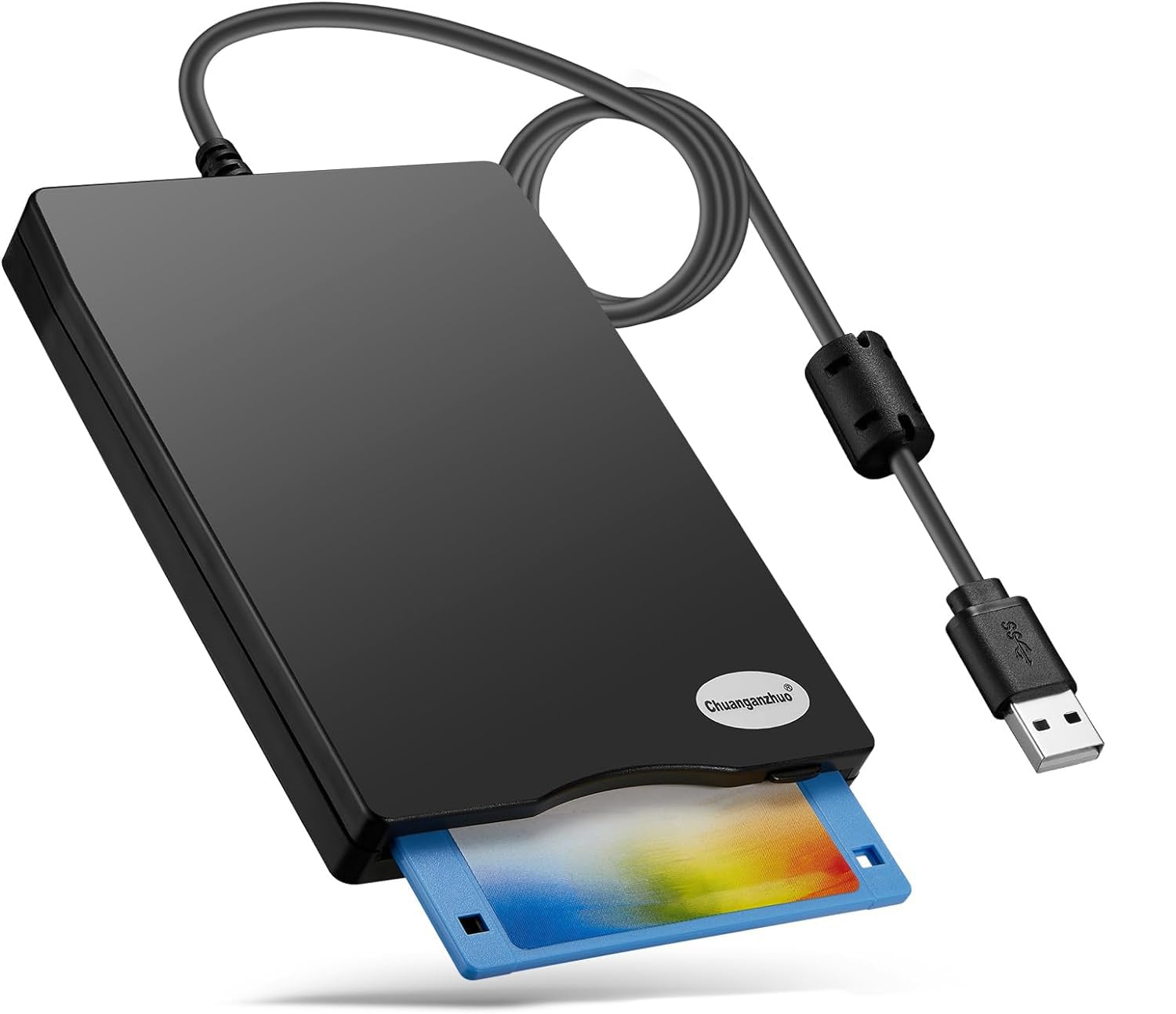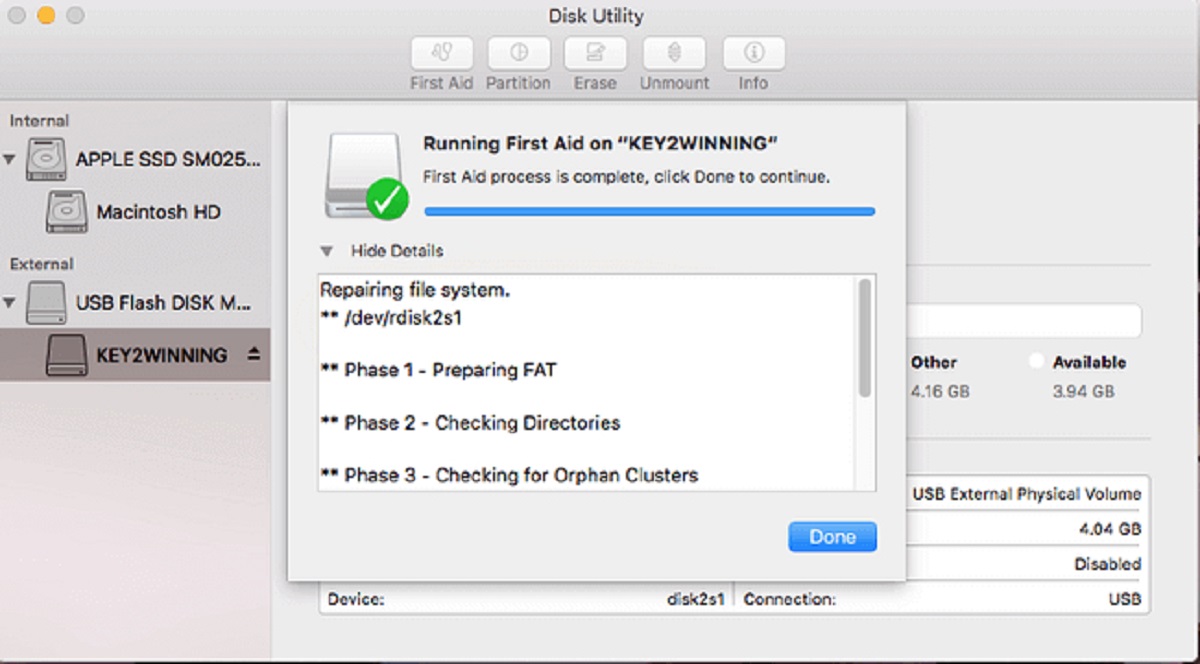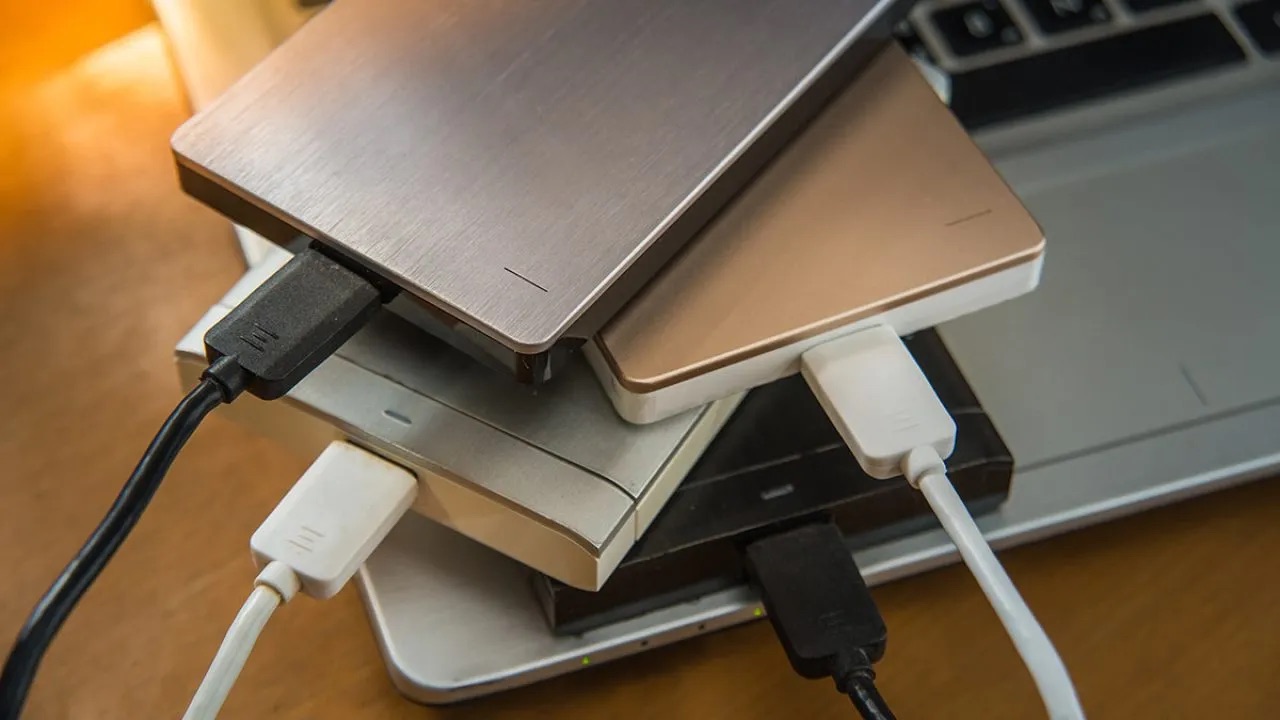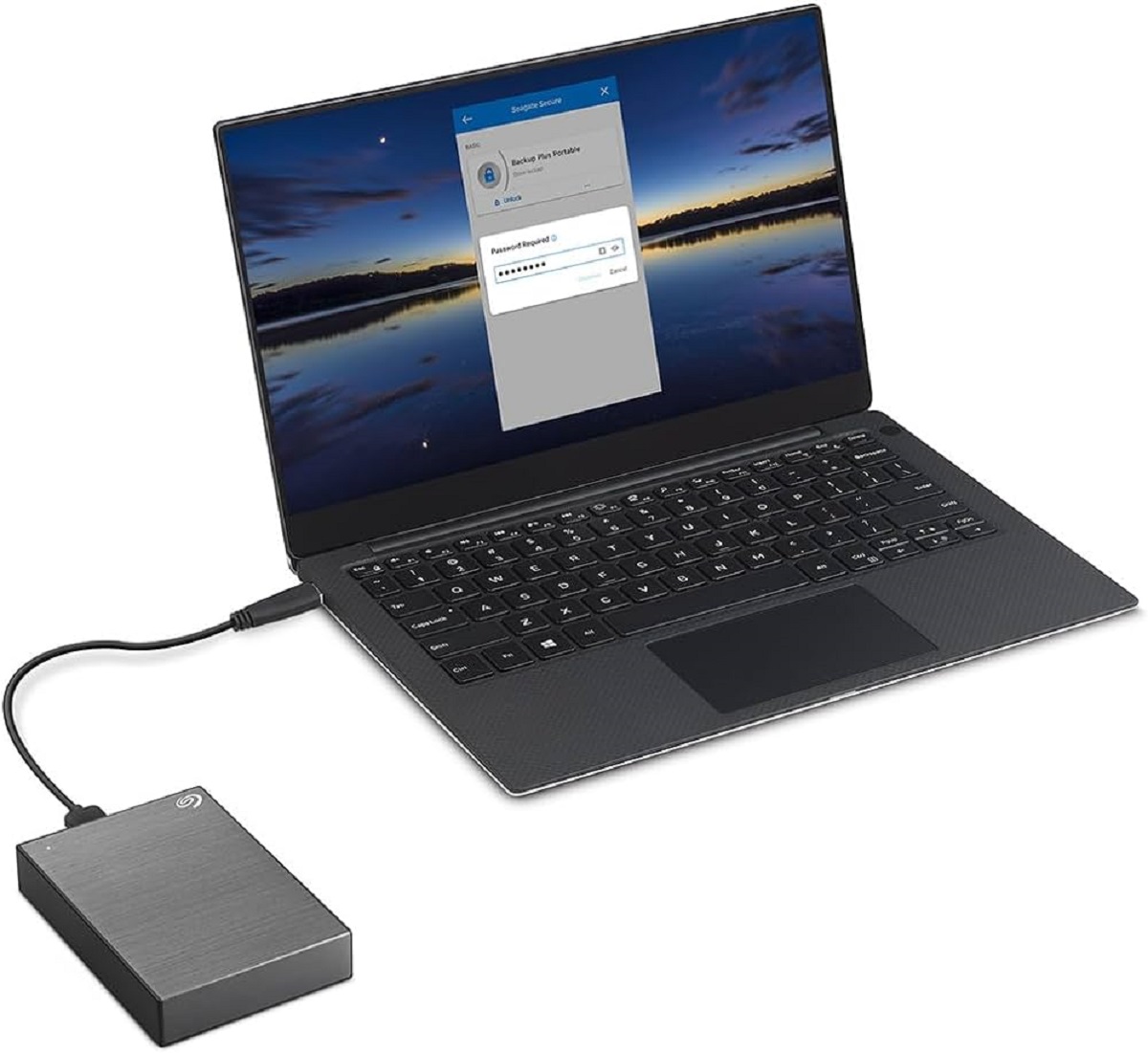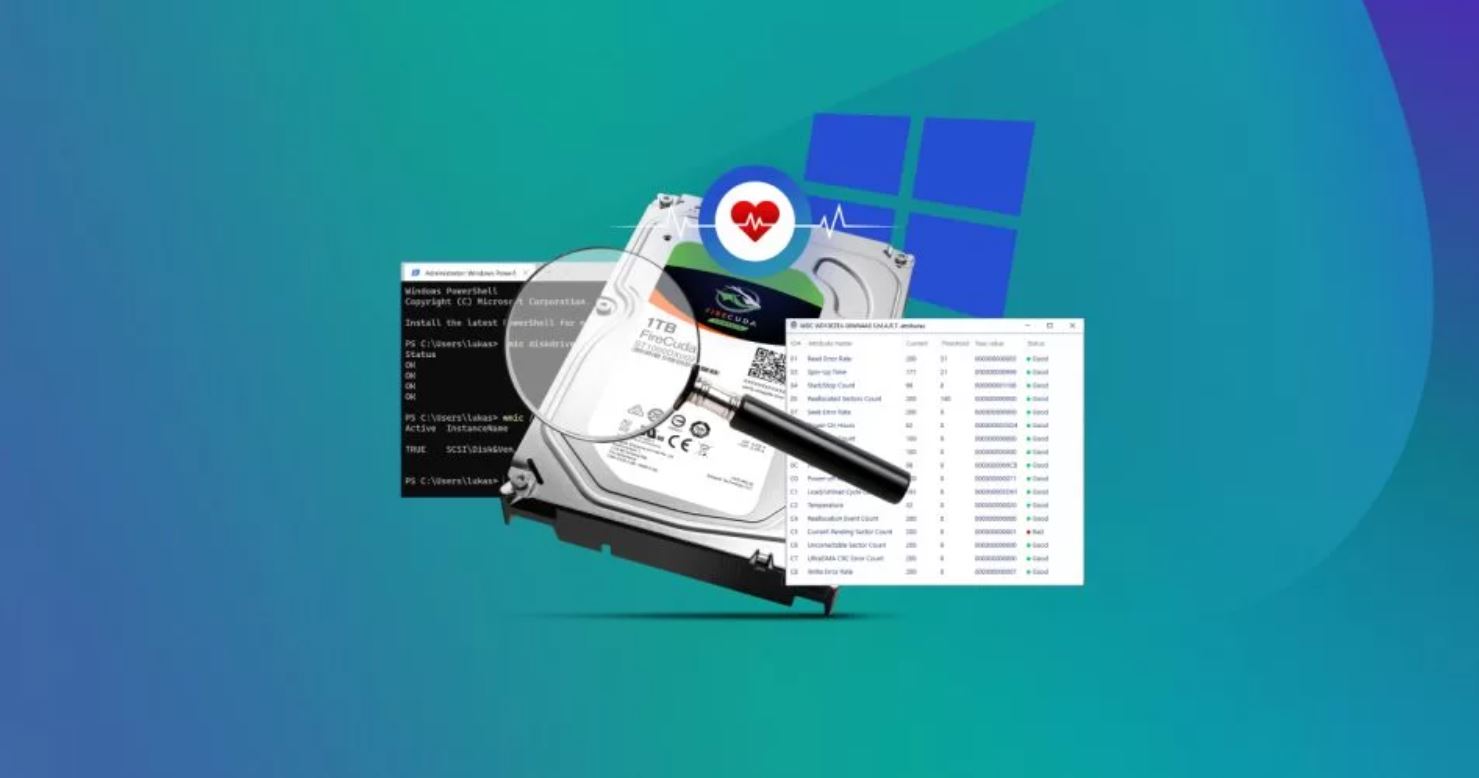Introduction
Welcome to the world of Windows 7, where you can unleash the full potential of your computer. As you use your computer for various tasks, your hard disk drive may encounter issues that can affect its performance and stability. It’s important to regularly check your hard disk drive for errors and bad sectors to ensure smooth operation and prevent potential data loss.
Fortunately, with Windows 7, you have several options to run hard disk drive checks. In this article, we’ll explore different methods that you can use to perform disk checks on your Windows 7 system.
Whether you’re experiencing slow performance, frequent crashes, or suspect that your hard disk drive may have issues, running a disk check can help identify and fix potential problems. From checking for errors and bad sectors to dealing with system errors, this article will guide you through the necessary steps.
While Windows 7 provides a built-in disk checking tool called CHKDSK, we’ll also explore the option of installing third-party tools for a more comprehensive disk check. Additionally, we’ll cover how to use the command prompt to run disk checking, as well as how to schedule regular disk checks to ensure your hard disk drive remains healthy.
By taking the time to run regular disk checks, you can ensure the longevity of your hard disk drive and maintain the optimal performance of your Windows 7 system. So, let’s dive in and learn how to run a hard disk drive check in Windows 7.
Installing Third-Party Hard Disk Drive Check Tools
While Windows 7 provides a built-in disk checking tool, CHKDSK, you may prefer to use third-party software for a more comprehensive analysis of your hard disk drive. These tools offer additional features and advanced diagnostics that can help identify and resolve issues more effectively.
To install a third-party hard disk drive check tool, follow these steps:
- Research and choose a reputable third-party software that specializes in disk checks.
- Visit the official website of the chosen software and download the installer file.
- Once the download is complete, locate the installer file and double-click to run it.
- Follow the on-screen instructions to proceed with the installation process.
- Once the installation is complete, launch the software.
It’s important to note that not all third-party tools are free. Some offer free trial versions with limited features, while others require a purchase for full functionality. Consider your needs and budget when choosing a third-party tool for your hard disk drive check.
When installing third-party software, it’s crucial to exercise caution and ensure you’re downloading from a trusted source. Scammers and malicious entities may create fake software that can harm your computer. Stick to well-known and reputable websites to download software, and always run a virus scan on any files you download.
Once you have installed a third-party hard disk drive check tool, you can proceed to use it to run a comprehensive check on your Windows 7 system. These tools often provide a user-friendly interface with detailed reports, making it easier to identify and address any issues that may be affecting your hard disk drive’s performance.
Now that you have installed a third-party tool for hard disk drive checks, let’s move on to the next section, where we will explore how to run disk checks using Windows 7’s built-in CHKDSK tool.
Running CHKDSK Tool in Windows 7
If you prefer using the built-in disk checking tool in Windows 7, you can easily run CHKDSK to scan and repair your hard disk drive. This tool helps to identify and fix errors, bad sectors, and other issues that may impact the performance and stability of your system.
Here’s how to run CHKDSK in Windows 7:
- Click on the “Start” button and type “cmd” in the search bar. Press Enter to open the Command Prompt.
- In the Command Prompt, type “chkdsk” followed by the drive letter of the hard disk drive you want to check (e.g., “chkdsk C:”).
- Press Enter to initiate the disk checking process.
- Windows will prompt you with a message asking if you want to schedule the disk check to run the next time you restart your computer. Press Y and then Enter to confirm.
- Restart your computer for the disk check to take place. The CHKDSK tool will automatically scan your hard disk drive for errors during the startup process.
- Wait for the scanning process to complete. This may take some time depending on the size of your hard disk drive and the extent of the issues found.
- Once the process is finished, your computer will restart, and the results of the disk check will be displayed.
The CHKDSK tool will provide a detailed report of any errors, bad sectors, or other issues encountered during the scan. It will also attempt to fix any problems it finds. If there are irreparable issues, the report will indicate that further action may be required, such as backup and replacement of the hard disk drive.
The CHKDSK tool is a powerful and essential tool for maintaining the health of your hard disk drive in Windows 7. It is recommended to run CHKDSK periodically to ensure the optimal performance and stability of your system.
Now that you know how to run CHKDSK on Windows 7, let’s explore an alternative method using the Command Prompt for disk checking in the next section.
Using Command Prompt to Run Disk Checking
If you prefer a more direct approach and have some experience using the Command Prompt, you can utilize this method to run disk checking in Windows 7. The Command Prompt provides a streamlined way to execute commands and perform various tasks, including running disk checks.
Here’s how you can use the Command Prompt to run disk checking in Windows 7:
- Click on the “Start” button and type “cmd” in the search bar. Press Enter to open the Command Prompt.
- In the Command Prompt window, type “chkdsk” followed by the necessary parameters, such as the drive letter and any additional command options you wish to include.
- Press Enter to initiate the disk checking process.
- The Command Prompt will display the progress of the disk check, providing information about any errors, bad sectors, or other issues it encounters.
- Wait for the process to complete. The time taken will vary depending on the size of your hard disk drive and the number of issues found.
- Once the disk checking process is finished, the Command Prompt will display the results, allowing you to take appropriate action based on the findings.
Using the Command Prompt can be a quick and efficient way to run disk checks, especially if you are comfortable with command line interfaces. It offers greater control and flexibility in customizing the parameters for the disk check.
Keep in mind that you should have administrative privileges to run CHKDSK from the Command Prompt. If you encounter any errors while running the command, try running the Command Prompt as an administrator by right-clicking on the Command Prompt icon and selecting “Run as administrator”.
Now that you know how to use the Command Prompt to run disk checking in Windows 7, let’s proceed to the next section, where we will discuss checking for errors and bad sectors in more detail.
Checking for Errors and Bad Sectors
When performing a disk check, it’s important to not only identify errors but also detect any bad sectors on your hard disk drive. Bad sectors are areas of the disk that are physically damaged and can lead to data corruption or loss. By checking for both errors and bad sectors, you can ensure the overall health and reliability of your hard disk drive.
Here are the steps to check for errors and bad sectors in Windows 7:
- Open the “Computer” or “This PC” window by clicking on the respective icon on your desktop or in the Start Menu.
- Locate the hard disk drive that you want to check, right-click on it, and select “Properties.”
- In the Properties window, go to the “Tools” tab and click on the “Check” button in the “Error checking” section.
- Windows will analyze the drive and prompt you to either “Automatically fix file system errors” or “Scan for and attempt recovery of bad sectors.” You can choose either option or select both for a more thorough check.
- Click on “Start” to initiate the checking process.
- Windows will perform a comprehensive check, scanning for errors and bad sectors on your hard disk drive.
- Depending on the size and condition of your disk, this process may take some time to complete.
- Once the scan is finished, Windows will provide a report with details about any errors or bad sectors discovered.
- Based on the results, you can take appropriate action to remedy the issues found, such as repairing the file system or replacing the drive if necessary.
Regularly checking for errors and bad sectors is essential for maintaining the integrity of your hard disk drive. By identifying and resolving these issues promptly, you can prevent further damage and ensure the optimal performance of your system.
Now that we have explored how to check for errors and bad sectors in Windows 7, let’s move on to the next section to learn how to deal with system errors found during disk checking.
Dealing with System Errors Found by Disk Checking
During the disk checking process, Windows 7’s built-in CHKDSK tool or third-party disk check software may uncover system errors on your hard disk drive. These errors can range from file system corruption to disk errors that affect the overall performance and stability of your system.
If system errors are found during disk checking, here are some steps you can take to deal with them:
- Review the report generated by the disk checking tool. This report will provide details about the specific errors found on your hard disk drive.
- If the errors are related to the file system, you can use the disk checking tool to automatically fix these errors. Follow the prompts provided by the tool to initiate the repair process.
- In some cases, the disk checking tool may not be able to automatically fix the errors. In such situations, the tool will suggest backing up your data and replacing the hard disk drive if necessary.
- It is crucial to regularly back up your important data to prevent data loss in case the issues with your hard disk drive escalate.
- If system errors persist despite attempts to repair them, it may be necessary to seek professional help from a technician or consider replacing the hard disk drive.
- If you encounter any difficulties or face recurring system errors, it is always a good idea to consult with a professional or visit an authorized service center for further assistance.
Dealing with system errors found by disk checking requires prompt action to maintain the stability and functionality of your system. It’s essential to follow the recommendations provided by the disk checking tool and take necessary measures to resolve the errors.
By addressing system errors in a timely manner, you can ensure the longevity of your hard disk drive and minimize the risk of data loss or system instability.
Now that you have learned how to deal with system errors found by disk checking, let’s move on to the next section, where we will explore how to schedule automatic disk checking in Windows 7.
Scheduling Disk Checking in Windows 7
To ensure the regular maintenance and health of your hard disk drive, it is beneficial to schedule automatic disk checks in Windows 7. By setting up a schedule, you can automate the process and ensure that disk checking occurs at specified intervals without requiring your manual intervention.
Here’s how you can schedule disk checking in Windows 7:
- Click on the “Start” button and type “cmd” in the search bar. Press Enter to open the Command Prompt.
- In the Command Prompt, type “chkntfs /x
” to exclude specific drives from automatic disk checking. Replace “ ” with the letter of the drive you want to exclude, for example, “chkntfs /x C:” to exclude the C drive. Repeat this step if you want to exclude multiple drives. - Once the exclusion is set, type “chkntfs /d” to restore all drives to automatic disk checking.
- Next, open the Command Prompt as an administrator by right-clicking on the Command Prompt icon and selecting “Run as administrator”.
- In the elevated Command Prompt window, type “chkdsk /?” to view the available parameters for scheduling disk checking.
- Based on your preferences, use the appropriate parameters to configure the schedule for disk checking. For example, use “chkdsk /f” to fix errors automatically without asking for confirmation or “chkdsk
/r” to scan for bad sectors and attempt recovery. - Use the Task Scheduler to schedule the disk checking task in Windows 7. Open the Start Menu, type “Task Scheduler” in the search bar, and select the appropriate result.
- In the Task Scheduler, click on “Create Basic Task” or “Create Task” to create a new task.
- Follow the on-screen instructions to set the trigger for the task (e.g., daily, weekly, or monthly) and the desired time for disk checking to occur.
- Select the option to start a program and point it to the Command Prompt with the appropriate parameters for disk checking.
- Complete the task creation process by specifying any additional configuration options or settings.
With disk checking scheduled in Windows 7, the system will automatically perform the necessary checks and maintenance on the specified drives at the defined intervals. This helps prevent potential issues and ensures the long-term health and performance of your hard disk drive.
Remember to periodically review and update the scheduled task as needed, especially if you make changes to your drive configuration or encounter any disk-related issues.
Now that you know how to schedule automatic disk checking in Windows 7, let’s move on to the concluding section of this article.
Conclusion
Running regular hard disk drive checks in Windows 7 is crucial for maintaining the performance, stability, and reliability of your system. Whether you choose to use the built-in CHKDSK tool or opt for third-party software, it is important to identify and address errors, bad sectors, and other issues that could potentially impact your hard disk drive.
In this article, we discussed different methods for running disk checks in Windows 7. We explored how to install third-party hard disk drive check tools for a more comprehensive analysis. Additionally, we learned how to use the Command Prompt to run disk checks, providing a more direct approach for advanced users.
We also covered the importance of checking for errors and bad sectors, as these can significantly affect the performance and integrity of your hard disk drive. By identifying and resolving these issues, you can prevent data loss and ensure optimal system functionality.
Furthermore, we discussed the steps to deal with system errors found during the disk checking process. It is essential to take appropriate action based on the errors discovered, whether it involves automatic repair or seeking professional assistance.
Lastly, we explored how to schedule automatic disk checking in Windows 7 using the Task Scheduler. By setting up a regular schedule, you can automate the process and ensure that disk checking occurs at specified intervals without requiring manual intervention.
Remember, maintaining the health of your hard disk drive is an ongoing process. It is recommended to perform regular disk checks, keep your system and software updated, and practice good data management by regularly backing up your important files.
With these practices in place, you can ensure the longevity and optimal performance of your hard disk drive, and enjoy a smooth and reliable Windows 7 experience.







